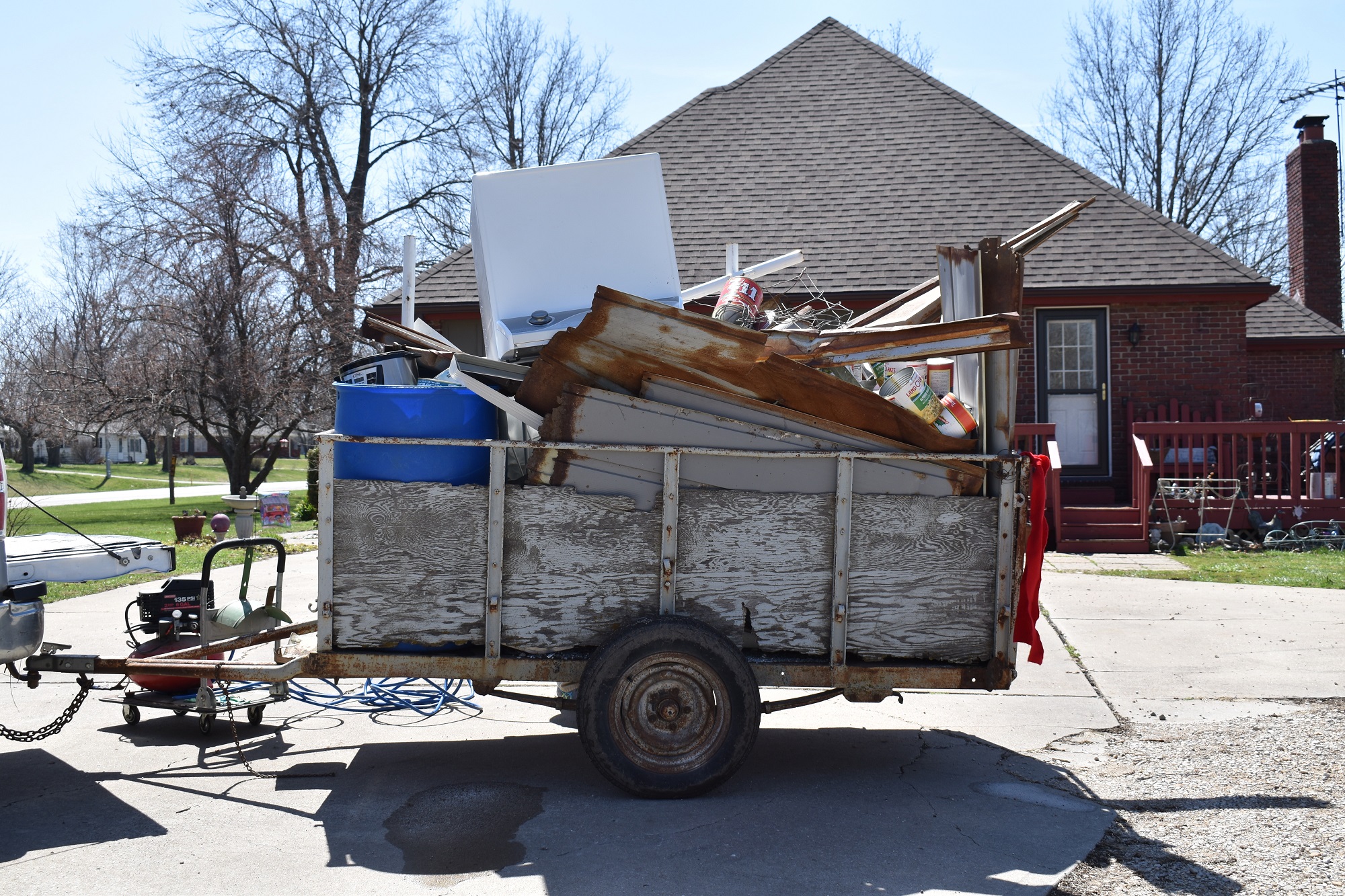Professional Waste Monitoring Approaches Customized for Industrial Settings
Tailoring waste administration strategies to fit the one-of-a-kind requirements of commercial setups is not just helpful but crucial for preserving operational effectiveness and ecological sustainability. The mission for enhanced waste monitoring in industrial settings includes a careful technique that stabilizes regulative conformity, cost-effectiveness, and ecological responsibility.
Significance of Tailored Waste Management
Customized waste monitoring practices are important in commercial setups to maximize source application and decrease environmental impact. Industrial procedures produce a substantial amount of waste, varying from strong by-products to chemical pollutants, posing a threat to the environment otherwise handled efficiently (Commercial junk removal atlanta). By customizing waste administration strategies to suit the details demands and challenges of each commercial facility, firms can not only comply with laws yet additionally improve functional efficiency and sustainability
One trick element of customized waste management is carrying out a complete waste analysis to determine the types and quantities of waste created. This analysis enables companies to execute targeted solutions such as reusing programs, waste segregation methods, and waste-to-energy efforts. By comprehending the make-up of their waste streams, commercial centers can create cost-efficient strategies to minimize waste generation at the resource, leading to long-term ecological advantages.

Kinds Of Industrial Waste
What are the various categories of industrial waste frequently produced in making procedures? Hazardous waste can be identified into several main groups based upon its structure and attributes. Contaminated materials is one of the most vital kinds, including chemicals, solvents, hefty metals, and other materials that present a threat to human health and wellness or the atmosphere. This group frequently requires special handling and disposal methods to avoid contamination and make sure safety.
One more usual kind of hazardous waste is non-hazardous waste, which incorporates materials like paper, plastics, and product packaging waste. While non-hazardous waste may not present instant threats, proper monitoring is still necessary to decrease land fill use and advertise recycling and sustainability practices.

Hazardous Waste Handling Treatments
Reliable management of dangerous waste in commercial setups demands rigorous adherence to established handling procedures to minimize threats and guarantee environmental safety. Harmful waste handling treatments entail numerous key steps to reduce the prospective influence on human wellness and the environment.
Secondly, once identified, contaminated materials needs to be meticulously segregated from non-hazardous waste to stop contamination and make certain correct treatment. Storage of contaminated materials ought to follow policies pertaining to containment, labeling, and compatibility to stop leakages, spills, or various other occurrences that might threaten employees or the atmosphere.
Moreover, managing treatments need to include using individual safety devices, worker training, and emergency situation reaction protocols. Regular inspections, surveillance, and documents of unsafe waste handling tasks are essential to preserving compliance and determining areas for improvement. By adhering to these structured procedures vigilantly, industrial centers can efficiently manage hazardous waste and promote their commitment to environmental stewardship.
Executing Efficient Reusing Practices

To execute efficient reusing methods, industrial centers must initially carry out a waste audit to determine the types and amounts of recyclable hop over to here products produced in their operations. Based upon this audit, business can after that develop marked recycling terminals, offer suitable training to employees on correct sorting techniques, and collaborate with relied on reusing partners for the collection and handling of materials. In addition, setting certain recycling goals, tracking development, and on a regular basis communicating with personnel about the relevance of reusing are essential actions to make certain the success and sustainability of reusing efforts in commercial setups.
Tracking and Constant Renovation
To make certain the effectiveness and sustainability of waste administration methods in commercial setups, the execution of durable surveillance and continual renovation procedures is critical. Tracking entails monitoring essential efficiency indications (KPIs) such as waste generation prices, reusing percentages, and disposal costs. On a regular basis examining these metrics permits services to recognize locations for enhancement and determine the success of executed waste management initiatives.
Continual renovation is necessary for fine-tuning procedures gradually. It includes examining keeping an eye on data, identifying straight from the source inefficiencies, and executing adjustments to maximize waste monitoring practices better. This repetitive technique promotes a society of continuous enhancement and innovation within the company.
Utilizing modern technology like waste monitoring software program and IoT sensing units can improve keeping track of initiatives, giving real-time information for informed decision-making. Worker training and engagement additionally play a crucial role in making certain the success of monitoring and continual renovation initiatives, as frontline staff are typically principals in waste monitoring processes.
Conclusion
Finally, customized waste management techniques are vital for commercial settings to properly manage different sorts of waste, consisting of unsafe materials. By carrying out efficient reusing techniques and continuously tracking and boosting waste administration procedures, markets can minimize their environmental effect and guarantee compliance with laws. It is important for business to focus on waste management to protect the setting and promote sustainability in their procedures.
Comments on “Atlanta Waste Disposal: Eco-Friendly and Responsible Solutions”